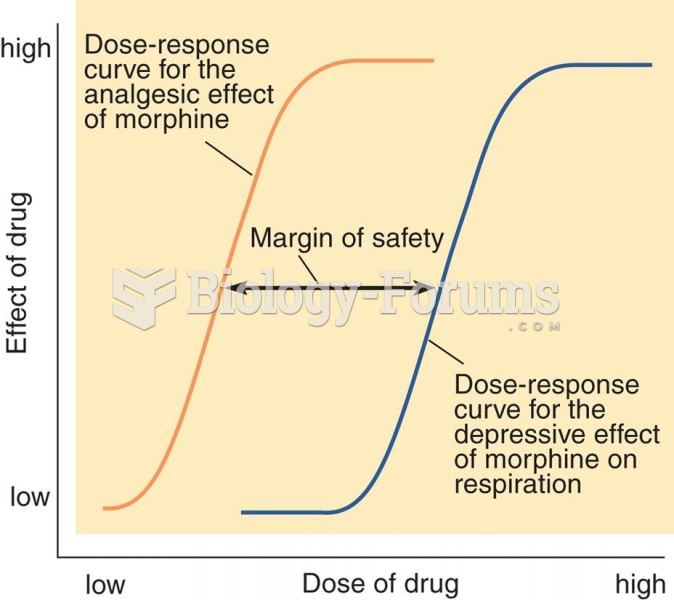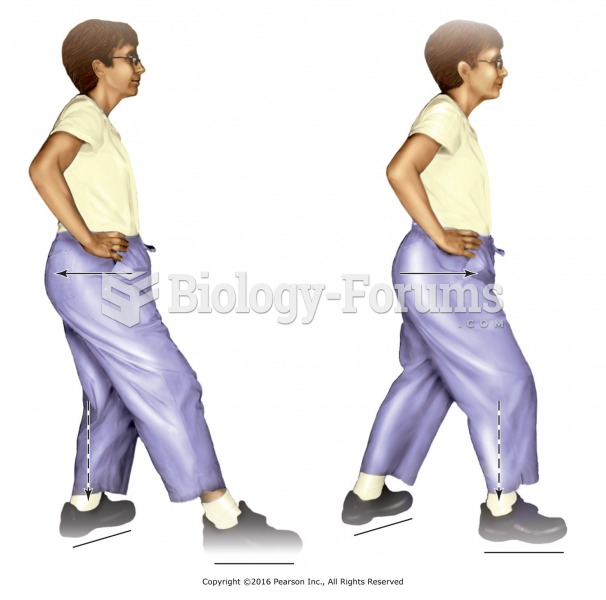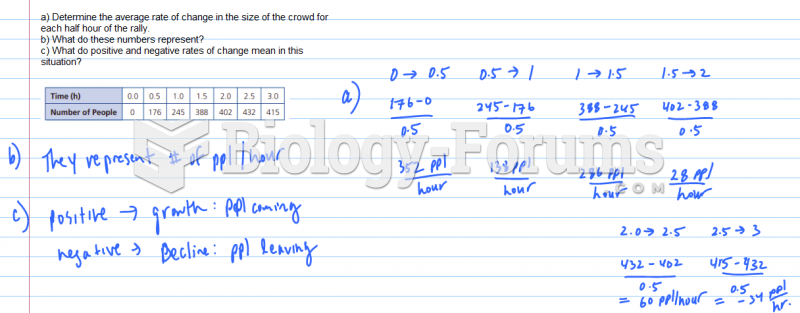|
|
|
Did you know?
Drugs are in development that may cure asthma and hay fever once and for all. They target leukotrienes, which are known to cause tightening of the air passages in the lungs and increase mucus productions in nasal passages.
Did you know?
The Centers for Disease Control and Prevention (CDC) was originally known as the Communicable Disease Center, which was formed to fight malaria. It was originally headquartered in Atlanta, Georgia, since the Southern states faced the worst threat from malaria.
Did you know?
In 1864, the first barbiturate (barbituric acid) was synthesized.
Did you know?
It is difficult to obtain enough calcium without consuming milk or other dairy foods.
Did you know?
Most childhood vaccines are 90–99% effective in preventing disease. Side effects are rarely serious.







